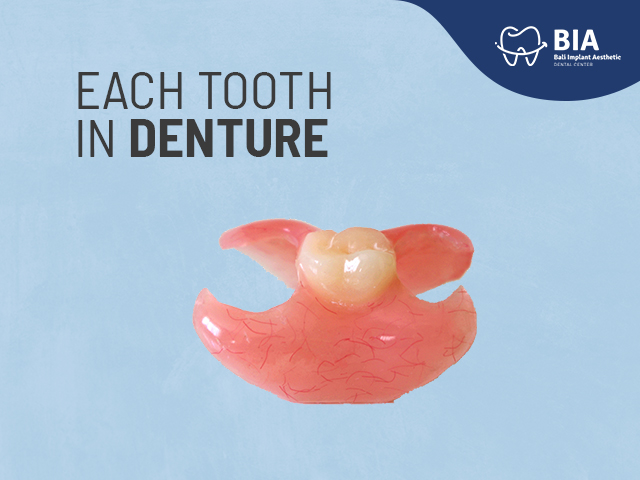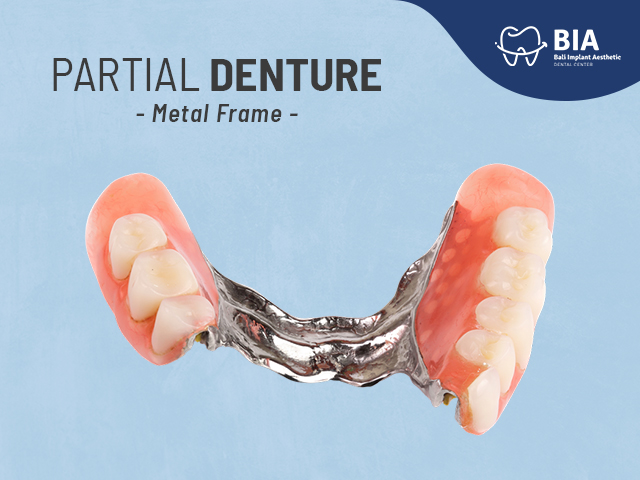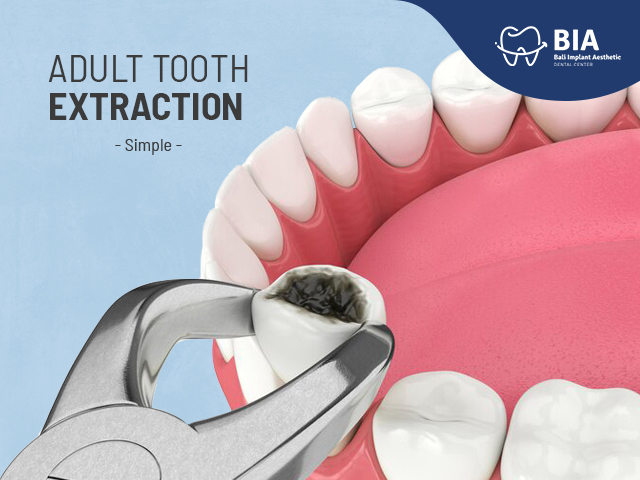How Bone Grafting and Sinus Lifts Support Successful Dental Implants
Article | 2025-09-25 11:35:39
Home » Articles » How Bone Grafting and Sinus Lifts Support Successful Dental Implants
How Bone Grafting and Sinus Lifts Support Successful Dental Implants
When it comes to replacing missing teeth, dental implants are widely considered the gold standard. They don’t just restore appearance; they also function like natural teeth and can last for decades. However, not every patient has the right amount of healthy jawbone to support an implant. This is where bone grafting and sinus lift procedures become crucial.
Far from being complications, these treatments are modern solutions that allow more patients to enjoy the benefits of implants. At BIA Dental Center, we often see individuals who were previously told they weren’t candidates for implants but became eligible after undergoing bone grafting or a sinus lift. With advanced techniques and international standards of care, these procedures are safe, predictable, and highly effective.
Why Bone Health Matters for Implants
For an implant to succeed, it must integrate with the jawbone through a process called osseointegration. Without enough bone volume or density, the implant cannot stabilise properly. Bone can deteriorate due to a variety of reasons: tooth loss over time, gum disease, ageing, or trauma.
A well-cited study published in the International Journal of Oral & Maxillofacial Implants by Aghaloo and Moy (2007) confirmed that adequate bone support significantly increases implant success rates and long-term stability. In other words, bone quality isn’t just important—it’s essential.
What Is Bone Grafting?
Bone grafting is a procedure that restores lost bone or enhances bone volume to create a stable base for implants. There are different approaches:
Autograft – bone harvested from another part of the patient’s body, such as the chin or hip.
Allograft – donor bone from a human source, carefully processed to ensure safety.
Xenograft – bone from another species, often bovine, proven biocompatible.
Synthetic grafts – man-made materials that stimulate natural bone regeneration.
Once placed, the graft acts as a scaffold, encouraging your own bone to grow and eventually replacing much of the graft material with healthy, living bone. This regenerated foundation is then ready to hold a dental implant securely.
What Is a Sinus Lift?
In the upper jaw, particularly in the molar region, bone is often thinner due to the proximity of the sinus cavity. If teeth are missing in this area, the sinus floor may “drop down” into the space where bone used to be, leaving very little support for implants.
A sinus lift—also called sinus augmentation—corrects this. During the procedure, the sinus membrane is gently raised, and bone graft material is placed underneath. Over time, the body builds new bone in the space, creating sufficient height and density to hold implants.
According to a systematic review published in Clinical Oral Implants Research by Pjetursson and colleagues (2008), sinus lift procedures show high predictability and success rates, making them a reliable option for patients who previously had too little bone for implants.
Who Can Benefit from These Procedures?
Bone grafting and sinus lifts are most often recommended for patients who:
Have been missing teeth for many years and experienced bone shrinkage
Have gum disease that caused bone loss
Suffered trauma or infection that damaged the jawbone
Naturally have thin bone in the upper jaw
Need implants in the back upper jaw where the sinus is close to the oral cavity
Patient Benefits
Undergoing bone grafting or a sinus lift opens the door to implant treatment for patients who might otherwise be ineligible. Benefits include:
Higher implant success rates thanks to a stronger foundation
Improved appearance and facial structure as bone volume is restored
Long-lasting results, since regenerated bone integrates with your own natural tissue
Expanded treatment options, allowing more patients to qualify for advanced restorative dentistry
Recovery and Comfort
Many patients worry that bone grafting or a sinus lift may be painful or difficult to recover from. In reality, with today’s techniques, recovery is smoother than most expect. Local anaesthesia and sedation ensure comfort during the procedure, and most patients report only mild soreness afterward. Healing typically takes several months, but this stage is essential for ensuring that implants remain stable for decades.
Bone grafting and sinus lifts should not be seen as obstacles to dental implants—they are stepping stones. These procedures rebuild what time, disease, or trauma may have taken away, ensuring that implants have the strong foundation they need to succeed. Backed by extensive research and years of proven results, bone grafting and sinus lifts give patients renewed opportunities to regain their smiles.
At BIA Dental Center, our team combines advanced technology, international standards, and a commitment to painless treatment, ensuring that every patient receives the highest quality care. If you’ve been told in the past that you don’t qualify for implants, a consultation with our experts may reveal that modern dentistry has a solution for you.
"One Stop Dental Solution for your teeth"
Our services: BIA X-RAY, BIA FARMA, BIA LAB and BIA Anestesi
Contact Information: BIA (Bali Implant Aesthetic) Dental Center Jl. Sunset Road No.168, Seminyak, Badung, Bali Indonesia 80361 +6282139396161
---
References
Aghaloo TL, Moy PK. “Which hard tissue augmentation techniques are the most successful in furnishing bony support for implant placement?” Int J Oral Maxillofac Implants. 2007.
Pjetursson BE, Tan WC, Zwahlen M, Lang NP. “A systematic review of the success of sinus floor elevation and survival of implants inserted in combination with sinus floor elevation.” Clin Oral Implants Res. 2008.




